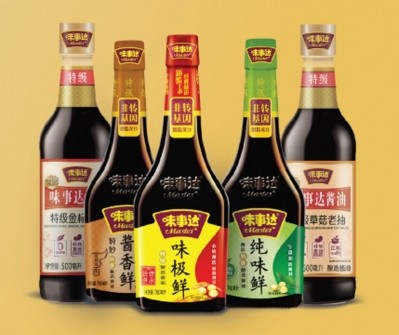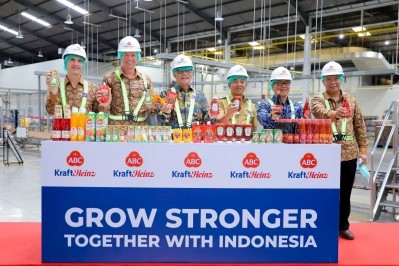COVID-19 and imports: Sharp pricing and localisation strategies key for F&B brands to gain ASEAN entry

The survey was conducted by the ASEAN Food & Drink Exporters Forum in September 2021, where it surveyed over 1,000 food and beverage importers across Indonesia, Malaysia, Philippines, Singapore, Vietnam, Thailand.
The surveyed companies included many major F&B distributors such as Indonesia’s PT Sukanda Djaya (which distributes Bega, Ovaltine, Meiji, Lipton, etc.), Malaysia’s Pikzern (Ballantyne, Nuttelex, MilkLab etc.), Philippines’ Silverware Corporation (Bundaberg, Beereberg, Bulla etc.), Singapore’s H.L. Yong (Contadina, SW, La Molisana, etc.) and Thailand’s Global Food Products (Mission, Kraft, San Remo, Wattie’s, etc.).
“Surprisingly, when we asked these companies whether they were still reviewing new F&B distribution opportunities in their ASEAN markets, the percentage dropped by 8.2% this year to 88.5% compared to in 2020’s 96.7% during the thick of the pandemic,” ASEAN Food & Drink Exporters Forum Chair Cameron Gordon said.
“This is of course still a relatively high number, but there is a definite observable drop, which we believe is because the long tail of COVID-19 has impacted many firm’s confidence in launching new brands in the F&B sector somewhat.
“As such, it is very important that brands still looking to enter any markets in this region make sure to clearly present their unique selling points, pricing and localisation strategies for the markets they are targeting, especially focusing on why distributors and retailers should take notice of their brand compared to others.
“More often than not, brands tend to bring a generic price list, presentation and samples to make their pitch – but in this very competitive environment currently within the ASEAN region particularly amidst the pandemic, this is really not a sophisticated enough strategy, especially if you don’t already have relationship with distributor and are going in cold.”
Speaking at the survey results virtual launch event recently, Silverware Corporation Business Development Manager Hannah Co added that it is ‘very rare’ for brands to come in with a strategy that had already taken local market research into account, but urged that this be done moving forward as it would definitely pique a distributor’s interest.
“There are many new brands that want to enter new markets now, especially having realised that 2021 is not going to be ‘the end’ of the pandemic as many thought before, so everyone is moving ahead trying to expand at once,” she said.
“That said, it is very rare to see a brand come in with market research already done for, say, the Philippines, but this would certainly be very helpful and of value.”
Gordon further highlighted a major mistake brands tend to make in terms of assuming that having good branding and a good market back in their home markets will mean an automatic similar reception in ASEAN.
“It is not enough to have a great brand in your home market - you need to understand the characteristics of each market you want to enter, including marketing and promotion norms, supply chain margin flow, investment required at launch and ongoing operations, and so on,” he stressed.
“In a market like, say, Singapore, a brand from perhaps Australia or New Zealand might look at this developed market and make a natural comparison between their brand and another similar brand and [expect similar outcomes] – but it needs to be remembered that Singapore is a very open market from tariff and openness perspective, so here you’re up against the world.
“Here, again pricing strategy and localisation are critical. Your products don’t necessarily need to be the cheapest, but must be priced accordingly to the category and within the range of your competition – which requires market research. Localisation is key when it comes to marketing - using the same New Zealand content, competitions, or KOLs - unless very well-known internationally - will make it difficult for your brand to resonate with consumers.”
Most popular products for import
The forum’s survey also asked importers about the most popular food and beverage categories being imported in 2021, and unsurprisingly healthy and organic food came out on top.
“The most in-demand categories currently really reflect the pandemic, e.g. things like health foods and organic foods were in the top spot with 15.7% of respondents saying these are products they are interested in right now,” said Gordon.
“These were trending in places like Australia and New Zealand about 10 years before, but we’re seeing a longer tail on those trends in ASEAN markets, especially more developing markets like Indo, Thailand, Vietnam and so on.
“We also saw a trend towards protein alternatives on the rise with 7.8%, high-protein snacks with 7.4% and plant-based or nut-based milks with 6.5%.”






















